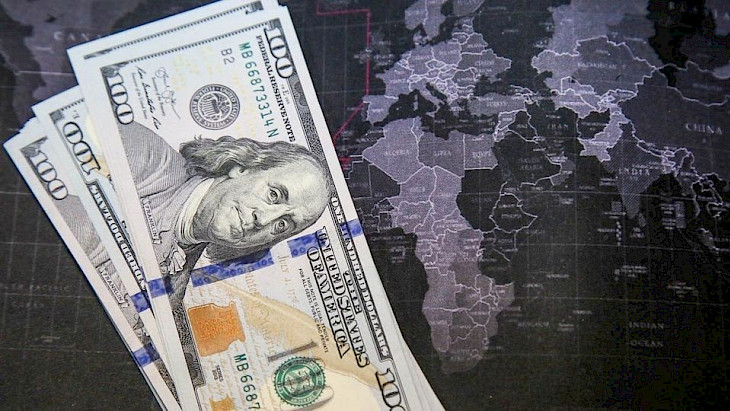In the first eight months of 2025, Uzbekistan received $12.1 billion in remittances — a 23% increase compared to the same period in 2024, according to the Central Bank of Uzbekistan, reports Daryo.uz. Monthly inflows grew steadily until August, when a slight dip was recorded: $1.86 billion, down from July’s peak of $1.97 billion.
Monthly Breakdown (Jan–Aug 2025):
- January — $1.06B
- February — $1.07B
- March — $1.21B
- April — $1.43B
- May — $1.64B
- June — $1.78B
- July — $1.97B (peak)
- August — $1.86B
Russia remains the dominant source, accounting for $6.4 billion (78%) of total remittances in H1 2025. Other key contributors include Kazakhstan, the United States, South Korea, Turkey, the UK, and Kyrgyzstan.
Regional Comparison: Central Asia’s Remittance Landscape
To fully grasp the scale of Uzbekistan’s inflows, it’s essential to compare them with neighboring countries — where labor migration is equally vital to national economies.
Tajikistan (National Bank, Jan–Jul 2025):
→ $2.3 billion (+18% YoY)
→ Russia accounts for over 80% of inflows
→ Remittances represent ~30% of GDP — one of the highest ratios globally
Kyrgyzstan (National Bank, Jan–Aug 2025):
→ $2.8 billion (+15% YoY)
→ Top sources: Russia (72%), Kazakhstan (18%), Turkey & UAE
→ Remittances make up ~25% of GDP
Kazakhstan (Financial Monitoring Agency, Jan–Jul 2025):
→ Sent abroad: $1.1 billion (mainly to Uzbekistan & Kyrgyzstan)
→ Received: ~$850 million (mostly from Russia & EU)
→ Low dependency: remittances < 3% of GDP
Turkmenistan (IMF estimates; no official data):
→ Estimated annual inflows: $500–700 million
→ Main corridors: Turkey, Russia, UAE
→ Opaque currency controls and closed economy complicate tracking
What’s Behind the Numbers?
Uzbekistan’s remittance boom reflects more than economic data — it reveals deep social and geopolitical trends:
- Mass labor migration: Over 4 million Uzbeks work abroad, primarily in Russia and Kazakhstan
- Strong labor demand: Sustained hiring in host countries fuels steady cash flows
- Lifeline for households: Especially in rural areas, remittances pay for food, housing, education, and small business startups
However, the August slowdown may signal emerging headwinds — possibly due to seasonal factors, tightening Russian migration policies, or slowing economic growth in host countries.
The Bigger Picture
Central Asia remains one of the world’s top remittance-receiving regions. In just eight months of 2025, the region collectively received over $17.5 billion — exceeding the annual budgets of several European nations.
These funds are not charity — they are the economic backbone for millions: driving consumption, enabling micro-investment, and stabilizing local economies. Yet they also highlight a structural vulnerability: as long as national economies rely on exporting labor, long-term, self-sustaining development remains a challenge.
CentralasianLIGHT.org
Sept. 15, 2025

